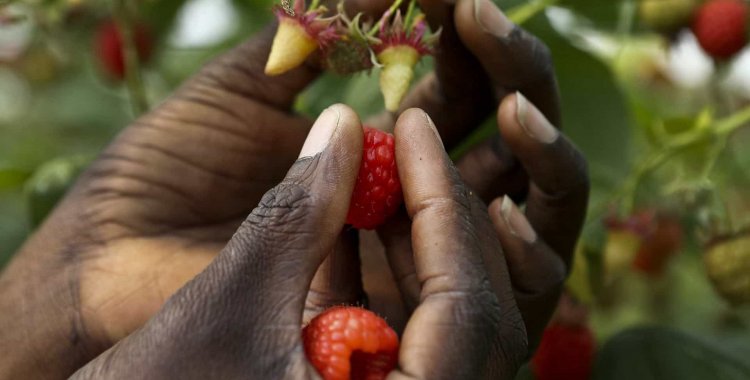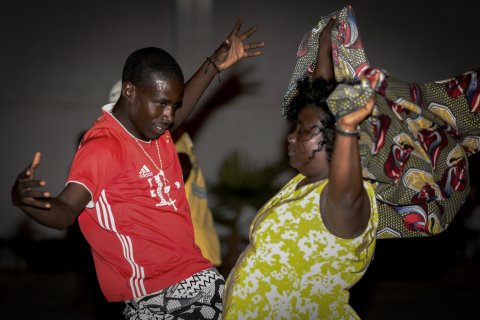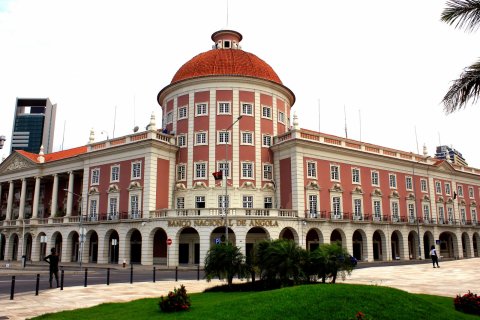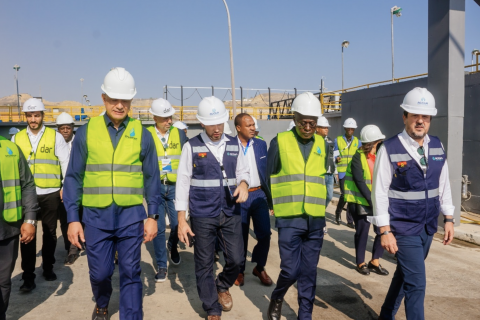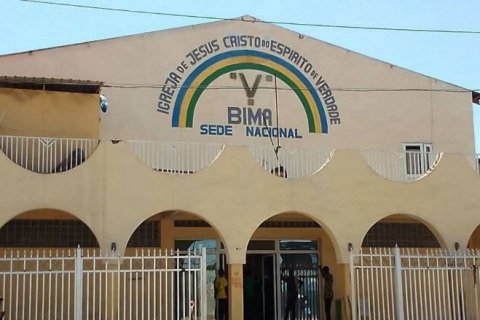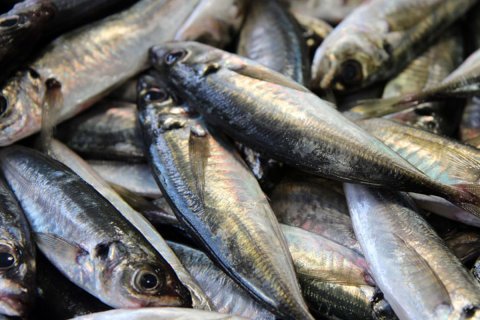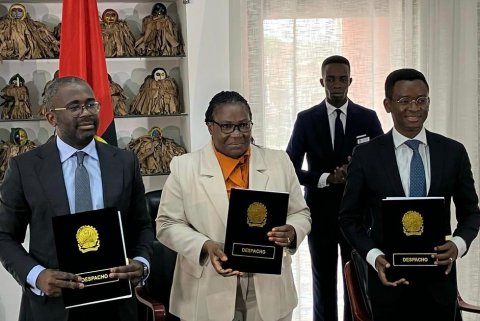The information was provided by the head of the rural extension and technical assistance department of the Institute for Agrarian Development (IDA), Avelino Mossande, who participated in a meeting that addressed the "Impact of Climate Change in Angola: Sustainable Measures of Living with Drought", promoted by the non-governmental organization Action for Rural Development and Environment (ADRA).
Avelino Mossande said that the drought is affecting the food security of populations in the provinces of Cunene, Namibe, Benguela, Huambo, Bié, part of Cuando Cubango, part of Cuanza Sul and part of Bengo.
According to the official, not all municipalities are affected in some provinces, but the situation in the south of the country "is much more severe, because there are some regions where it does not rain and food security is implicitly affected".
"These populations, for sure, are in an alarming situation", he stressed, stressing that in response to the prolonged drought that is occurring in the country, the Ministry of Agriculture has taken short, medium and long term mitigation measures, in addition to measures of scope national and local.
In terms of measures of general scope, the ministry allocated agricultural inputs to try to counteract the effects of drought.
"As a result of the rains in the first season, predicting a disaster, the ministry took steps to reinforce agricultural inputs, in order to enable peasant families, essentially, to recover what had been lost in the first season. sense of sowing in the second season to counter the harmful effects of drought during the first season ", he stressed.
In some localities, provinces or municipalities, continued Avelino Mossande, there has been the advice of populations to cultivate in the lowlands, "where the minimum groundwater allows to plant crops that are of short cycle, that is, that in less than three months or even three months at most, have their full cycle to mitigate the effects of drought ".
In turn, the director of ADRA in Huíla province, Simione Chiulo, said that measures to mitigate the effects of climate change have been carried out in that region, where the municipality of Gambos is, one of the most affected by drought.
Simione Chiulo stressed that, in the southern region of the country, agriculture is the main economic means for families, so activities aimed at mitigating the effects of climate change cannot exclude livestock farmers.
Currently, projects aiming at the rational use of rain and river waters are being implemented, through the construction of infrastructures for the use and supply of water, which they have given the name "sidewalk cisterns".
Despite droughts in the flood years, which also occur, the objective is to take advantage of the waters for when there are droughts, he explained.
"It can rain a lot and two years later it doesn't rain, but if we can rationally use the water at that time when it rains a lot, it can be a source for the phases when it won't rain, so we have this infrastructure construction project for use and provision of rainwater, which we call 'sidewalk' cisterns, in the municipality of Gambos and Humpata, since the five municipalities in Huíla we have intervention, those who have the greatest problem of this nature ", he said.
The same project was extended to the province of Cunene, where they have the support of the United Nations Children's Fund (Unicef), in the initial training of stonemasons for the construction of the six planned cisterns.
According to the director of ADRA in Huíla, "cisterns 'sidewalk'" are infrastructures that do not require state-of-the-art technology, which can be made with the capacity of local masons, and can supply around 52 thousand liters of water. Water.
"This means that they are not very large infrastructures and can be spread out in the size of the villages. We are talking about agricultural and pastoral communities whose main activity is cattle breeding and live in a dispersed, non-concentrated manner. response to this water problem cannot be seen in a megaproject perspective ", he stated.
In addition to building these infrastructures, ADRA is working to raise community awareness of the issue of resilience, as well as the insertion of cultures resistant to climate change.
"Regarding the introduction of drought-resistant crops, many of them are not part of the tradition of the communities, so we lost some time, first, in training people, for example, how to consume cassava in Gambos, how to conserve it, what is the nutritional value, so they can accept it ", he said.

